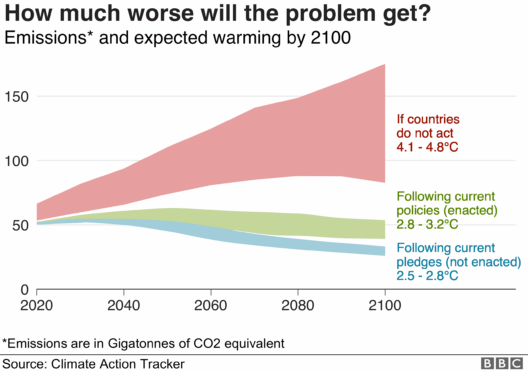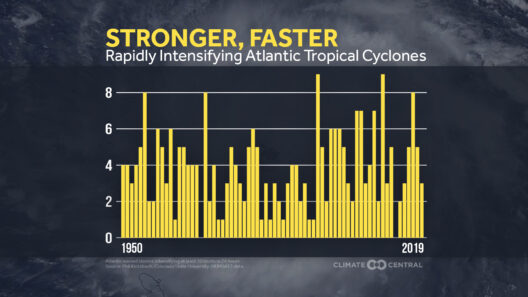California’s climate is as diverse as its landscapes, a vivid tapestry interwoven with warm sunlight, crisp snow, and a pressing need for sustainability. This golden state, renowned for its sun-soaked beaches and majestic Sierra Nevada mountains, presents a dynamic interplay between these elements, each affecting the other and coalescing into a unique climate narrative. Understanding this confluence is paramount as the state grapples with pressing environmental challenges that threaten its ecological equilibrium.
At the heart of California’s climatic identity is the sun—a relentless, generous force that bathes the state in an abundance of light, driving everything from agriculture to tourism. The sun-drenched valleys and coastal areas benefit from a Mediterranean climate characterized by warm, dry summers and mild, wet winters. This climatic template supports a range of crops, including the world-famous Napa Valley vineyards and the fertile fields of the Central Valley. Here, the sun cultivates not only grapes but also a plethora of fruits and vegetables, supporting a substantial agricultural economy.
Yet the same sun that nourishes the crops also ignites the challenges of climate change. Extended periods of drought have become the bane of California’s existence. The sharp contrast between the vibrant growth in the summertime and the desolation brought by arid conditions in other seasons underscores a metaphorical duality: California is at once a paradise and a battleground against environmental degradation. As rainfall patterns shift and temperatures rise, the struggle for water intensifies, underscoring the critical nature of sustainability in preserving this delicate balance.
Transitioning from sun to snow, the Sierra Nevada emerges as a sublime guardian in the backdrop of this ecological drama. The mountains act as nature’s water tower, capturing winter’s icy embrace and replenishing the state’s reservoirs as it melts. These annual snowpacks constitute the lifeblood of California; they are essential for not only replenishing water supplies but also for sustaining ecosystem health and biodiversity.
However, the Sierra’s snowy majesty is increasingly threatened. Warmer winters lead to reduced snow accumulation and earlier melt-off, fundamentally altering the hydrological cycle. The metaphor of the mountains as guardians becomes fraught with tension as they face the onslaught of climate change. This transformation places additional strain on various sectors, particularly agriculture, which relies on predictable water availability to thrive.
Furthermore, the reduction of snowpack precipitates a cascade of consequences. With diminished snow, the risk of drought escalates, directly impacting water supplies not just for agriculture but also for urban areas. The cycle becomes vicious; drought leads to water scarcity, and scarcity can lead to conflict. Thus, snow—once a symbol of abundance—turns into a harbinger of uncertainty.
But amidst this complexity lies a promising avenue: sustainability. California serves as a crucible for innovative environmental solutions, leading the charge towards a greener future. The state has emerged as a beacon for renewable energy, particularly solar and wind, creating an intricate network of clean energy initiatives. This proactive approach illustrates a compelling metaphor: California is not just a victim of climate change; it is also a warrior, armed with technology and ambition to combat this existential threat.
Innovations abound, from advanced water conservation techniques to state-wide initiatives to reduce greenhouse gas emissions. The cap-and-trade program exemplifies the concerted efforts to incentivize businesses to adopt more sustainable practices, highlighting the understanding that economic vitality and environmental stewardship can coexist. Just as the sun and snow coexist in California’s climate, so too can industry and sustainability find harmony.
Furthermore, the cultural ethos of Californian communities enhances this momentum towards sustainable practices. There is a palpable sense of responsibility among residents, an acknowledgment that preserving this unique climate is a shared endeavor. Grassroots organizations, environmental advocacy groups, and community gardens proliferate, exemplifying the collective engagement of citizenry. This active participation fosters a sense of stewardship, transforming abstract concepts of sustainability and climate action into tangible realities.
As the state grapples with its climatic challenges, it becomes essential to weave education into the fabric of society. Schools, community centers, and public forums are pivotal in disseminating knowledge about climate issues, encouraging residents to make informed decisions that support environmental health. In the same way that Californian landscapes are diverse, so too should the educational approaches be varied—targeting different demographics and communities, thus creating a robust network of climate-conscious citizens.
Looking ahead, the metaphor of California as a bridge becomes salient. It bridges the chasm between nature and human activity, connecting the sun-soaked plains with snow-capped mountains, while traversing the challenging terrain of climate change. The path forward demands resilience, innovation, and a commitment to sustainability that honors the environmental legacy of this remarkable state. Without immediate and sustained action, California risks losing its golden allure, slipping into a climate crisis that could redefine its identity.
In conclusion, California’s climate, a rich intermingling of sun, snow, and sustainability, reflects deep complexities that resonate beyond its borders. It signifies both challenge and opportunity, showcasing the profound interconnection between human activity and environmental integrity. Upholding this delicate balance invites not only a local commitment but also a global responsibility as the world watches and learns from California’s journey towards a sustainable future.








